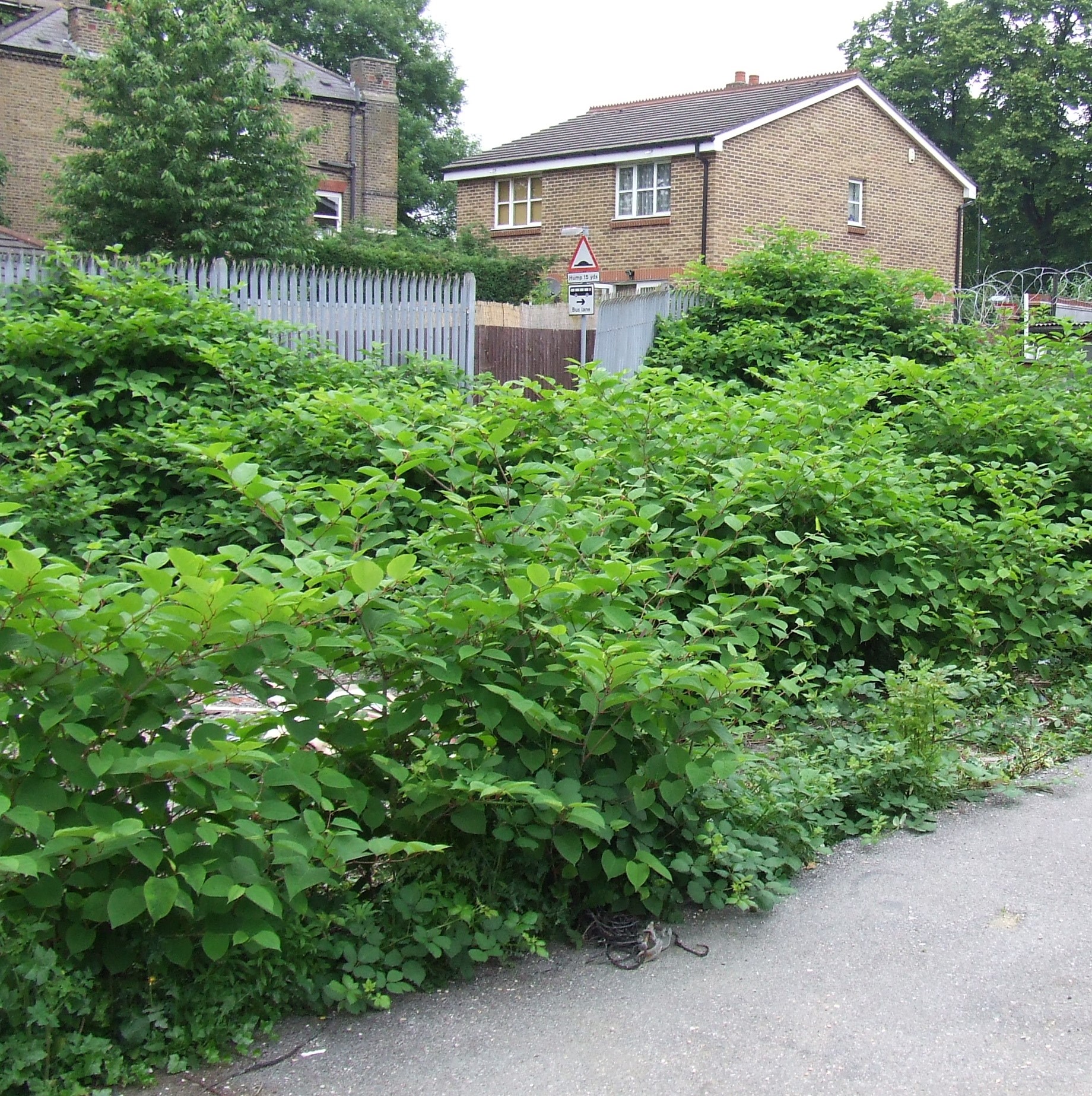Conveyancers urged to confront Japanese knotweed risk on new-build purchases
Buyers of new-build homes are being left exposed to the risk of Japanese knotweed if conveyancers neglect to ask residential developers whether the property is affected by the invasive plant, reports Environet UK.
Completion of a standard TA6 Law Society Property Information Form, which asks a direct question about whether a property is affected by knotweed, is not a legal requirement for new-build sales. Many of the questions, concerning building alterations for example, are not relevant, while others, relating to warranties and guarantees would be provided separately by the developer and covered under the standard NHBC guarantee for new build homes.
However, it is in the buyer’s interest to establish if the land was treated for knotweed prior to or during construction works, particularly as developers often clear large brownfield sites where Japanese knotweed could be rife and well established. Unless their solicitor asks about Japanese knotweed as part of their additional enquiries, it is quite possible that the buyer will not know that knotweed was present on the site and will therefore be unable to check that a professional treatment plan was implemented, and the appropriate guarantees secured.

Japanese knotweed growing near new homes (Credit Environet UK)
If a residential developer provides false information regarding the Japanese knotweed question, this paves the way for a future ‘misrepresentation’ claim by the buyer to recover the cost of removing the plant and any resulting diminution in the value of their home. But without any written assurances from the developer, buyers who later find their new home is affected by knotweed are left with only one option: to pursue the developer for breach of contract, which is notoriously difficult to prove.
In the last Budget the chancellor confirmed almost £2bn investment in bringing brownfield land back into use for housing and related infrastructure. Brownfield sites tend to carry a higher risk of contamination by Japanese knotweed, resulting in increased risk to developers.
Knotweed detection dog surveys are now available to check land for knotweed which may not be visible to the human eye or has been induced into dormancy by previous herbicide treatment. The detection dogs can cover a site in a matter of minutes and will indicate by ‘freezing’, or staying completely still, when Japanese knotweed is found, enabling fast and efficient remediation. It’s the most accurate way to determine if rhizome is present in the ground.
Nic Seal, Founder and MD of Environet UK, said:
“Buyers of new-build homes are not currently given the same protection from the risks associated with Japanese knotweed as buyers of second-hand homes.
“A large proportion then increase this risk further by failing to commission a survey on their new home, as they think, quite incorrectly, that the NHBC warranty is sufficient to cover them for any defects.
“In order to protect their clients, conveyancing solicitors need to ensure the Japanese knotweed question is asked – either by insisting that the developer completes a TA6, or as part of their additional enquiries.
“If the developer denies that knotweed was present but it is subsequently discovered, this evidence will give the buyer a strong case to sue them for misrepresentation, the cost of treatment and any proven diminution of the property’s value.”
Paolo Martini, Director at Cobleys Solicitors and a leading legal expert in the field of Japanese knotweed law, said:
“The excitement of new-build purchases, often agreed off plan, quickly turns to dismay within twelve months when knotweed emerges.
“Large developments, particularly those on brownfield land which is more likely to be contaminated, can lead to problems for developers and new home buyers alike where knotweed is ignored or remediation fails.
“Thorough knotweed checks should be carried out with any infestations treated by an expert with full disclosure to the buyer and quality guarantees provided within the contract of purchase.”
Environet recommends that conveyancing solicitors of clients purchasing new-build homes where a TA6 form is not completed, ask the following question:
“Is there any knowledge of knotweed being present on any part of the development site upon which this property lies, prior to, during or after the development works? If so, please provide details of the remediation works and evidence of a 10-year insurance-backed guaranteed (IBG) for the benefit of the purchaser specific to this property.”
Kindly shared by Environet UK
















